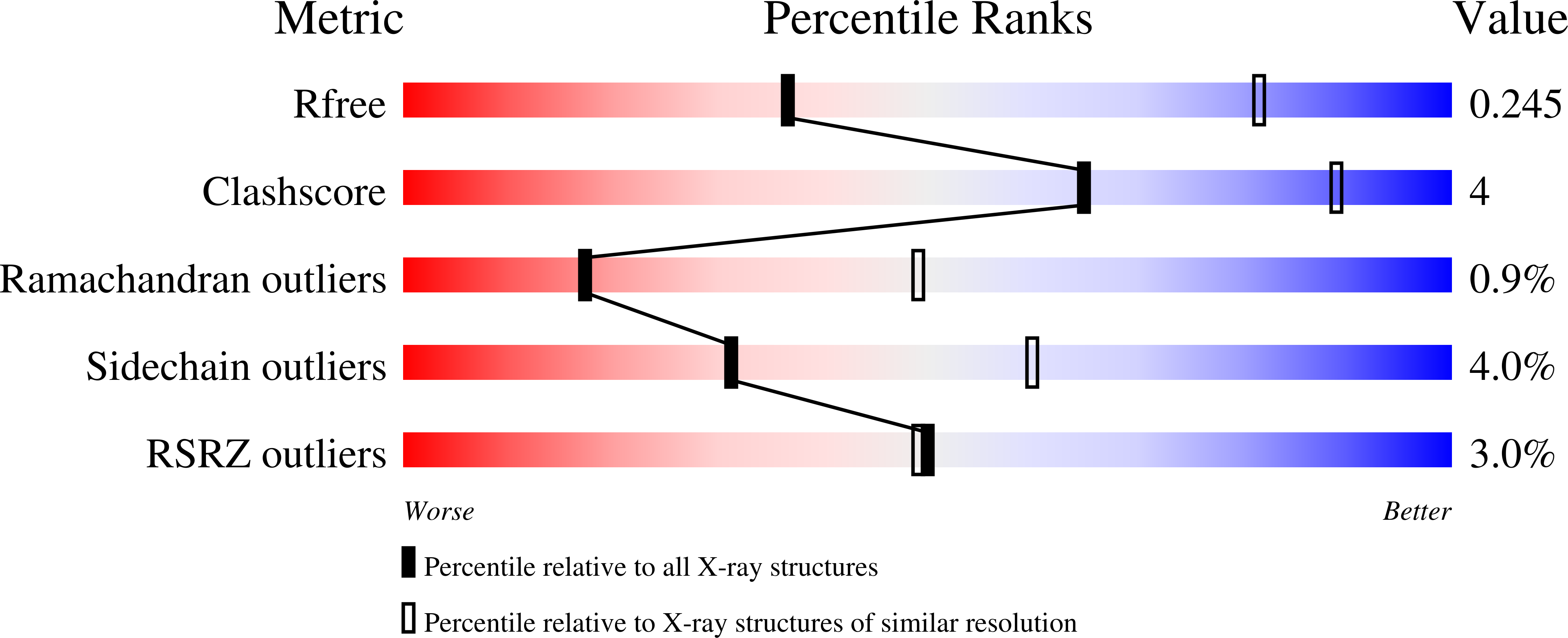
Deposition Date
2008-09-14
Release Date
2008-09-30
Last Version Date
2024-11-06
Entry Detail
PDB ID:
3EHT
Keywords:
Title:
Crystal structure of the extracellular domain of human corticotropin releasing factor receptor type 1 (CRFR1) in complex with CRF
Biological Source:
Source Organism:
Escherichia coli (Taxon ID: 83333)
Homo sapiens (Taxon ID: 9606)
synthetic construct (Taxon ID: 32630)
Homo sapiens (Taxon ID: 9606)
synthetic construct (Taxon ID: 32630)
Host Organism:
Method Details:
Experimental Method:
Resolution:
3.40 Å
R-Value Free:
0.25
R-Value Work:
0.21
R-Value Observed:
0.22
Space Group:
P 41 21 2


